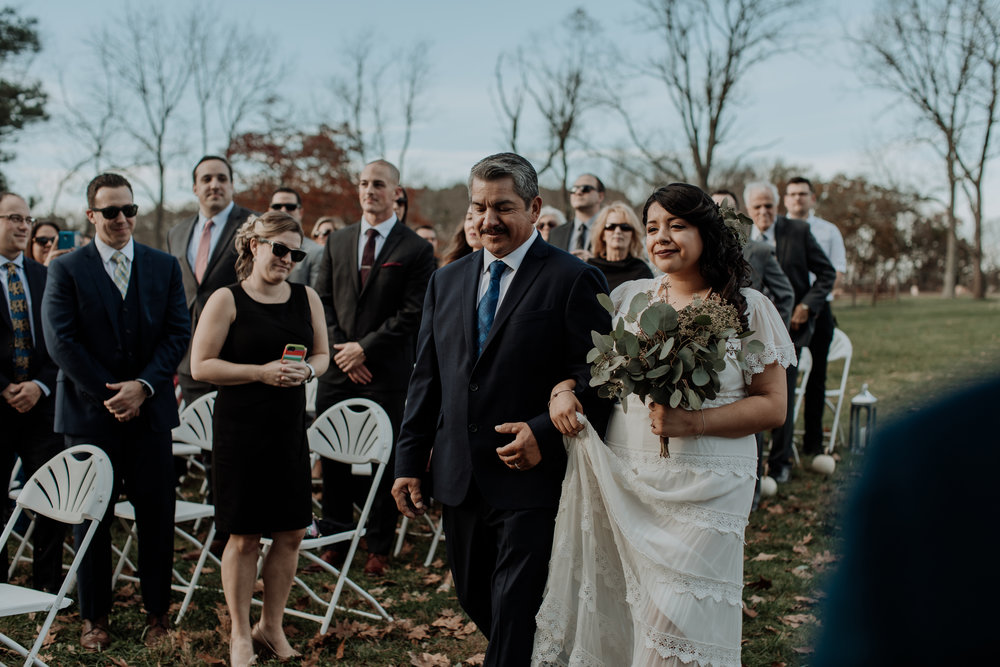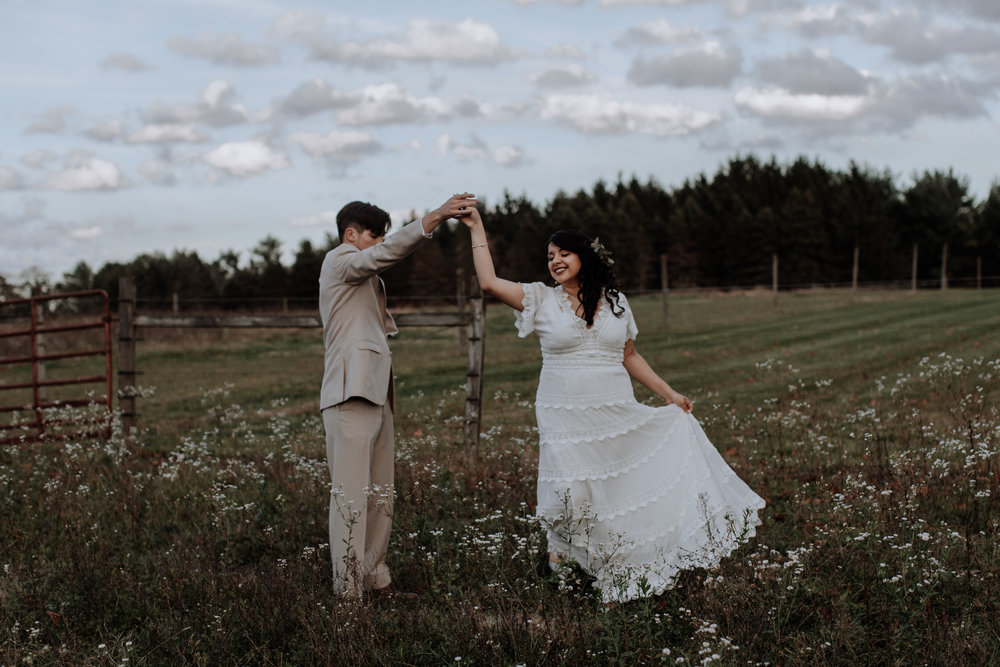One of the biggest challenges for many modern photographers is defining their editing style.
With Hand and Arrow Photography, we have continued to define, refine, and redefine our editing style as we continue to experiment with this – as we seek to carve a space for ourselves in the wedding photography industry.
As we become more and more proficient with the technical aspect of photography, as well as with balancing all of the important elements that we continue to learn with every session and wedding day, like learning how to pose couples so they feel natural and this is reflected in their images; the importance of our edits become a significant part of defining our overall photo business.
There is no doubt that many people will take notice of two significant elements of the images they see in your portfolio: the poses and environments you take photos of people in, and the actual appearance of the image in terms of the edit.
A part of this process, and how we have started to define our photo editing style, is a simple little experiment. If you are looking to define your own photo editing style, we’d suggest using this method as a good starting point:
A simple method for defining your photo editing style:

- Look at some examples of photo editing styles you are attracted to. If you’re not sure where to start, try Google searching or browsing Pinterest for something like “wedding photography” or “engagement photography” (or whatever your niche of photography is).
This is useful because it is hard to define your own style without knowing what exists “out there” in the industry. You might take notice of what is really beautiful to you, and maybe even what things might seem overdone.
- Now that you have a basic sense of what you are attracted to on a basic level in terms of photo editing of other photographers, the next step is pulling out a pen-and-paper and starting to define what this should look like.
This is significantly important to this exercise. Why? Because it separates you from the editing process, and forces you to really think about the qualities that make a good image with a good photo editing style.
- Take a few sample images and define the qualities that comprise the edit. Is the image warmer or colder? Are there more yellows and reds, and less blue tones? Or is it the other way around? Is the image bright and playful, or dark, moody, and romantic? There are a lot of ways to define how an image looks. Consider starting with some simple adjectives, and as you go deeper and deeper, look specifically at all of the technical attributes of the image.
- One way to approach the technical attributes of an image is by opening Lightroom. Walk yourself through the various sliders and functions, and think about how the images you are using as a reference were edited. Write down on that piece of paper from earlier all of the changes you would think you should make to your photos in order to achieve the same effect.
- The most difficult part in defining a style is knowing how to adapt it for pictures taken in different lighting conditions. We love shooting during golden hour and blue hour because these times often provide the best light for photography, and also create a lot of natural color that is attractive and resonates with our style. Edits of photos in perfect golden sunlight are going to look different than images taken at high noon, during an outdoor wedding ceremony, with unwanted highlights on the bride and grooms faces.
- Knowing this, it is important to continue defining your style for the different types of light, locations, and colors you might encounter. Especially as you are starting out, your editing style may be prone to change.
An Example of How We Define Our Editing Style
Now that we’ve given you the basic way we suggest going about starting to define your photo editing style, let’s take a look at a picture we took and walk you through how we define this with our own picture(s). If you look at our definition, then review other blog posts that show off our portfolio, you will see how we try to follow similar guidelines throughout.
Let’s look at the following picture taken from Ed + Daniela’s wedding day:

This is one of our favorite wedding day pictures. The entire scene just screams natural, organic, and has some boho vibes too! The natural light found during this golden hour provided an excellently balanced image right out of camera. There is no harsh light, and both the couple and the environment around them (including the sky) is well exposed. In short, there is a lot of detail. The more detail available in the camera RAW file, the better, as it allows the most freedom for post processing.
While this is the final edit of the image, we arrived here based on some simple definitions of our editing style. On a basic level, we want our edits to reflect the following: natural, organic, romantic, warm, and moody. These are simple terms that could really mean anything, but what they mean to us is ultimately defined by how we define these adjectives with technical specifications.
For the words “natural” and “organic,” what this translates to in the image is relatively accurate depictions of the colors on display in real life. While we use some desaturation, on the whole, if you were to compare the original RAW image to our edit, the colors are generally very similar.
For “romantic” and “warm”, these seem to overlap in many ways, especially in this image. In images with more red on display, we often increase saturation to make the reds pop – something we feel introduces more of a feeling of romance. It also draws the eye to this important color. Still, here, you will find that we increase the luminence of the reds (that are present) and the oranges. This is most significantly observed in the skin tone of the couple, which is soft and natural, while allowing them to be highlighted within the image and not lost to the background colors. This warmth also comes more literally as we increase the white balance to be warmer, which in turn impacts the overall image color, too.
Lastly, the word “moody” is effectively about the play between the highlights and shadows, as well as the areas of contrast/sharpness and areas that are softer. The image itself is quite crisp and clear, with the focus falling on the bride. The selected depth of field (f-stop 3.2) provides separation of the couple from the things in the mid-ground and background like the fence and treeline. This separation is something uniquely powerful to photography, as our own eyes do not perceive the world naturally like this, and it is an important consideration when defining your style in camera. In this image (and in general) the highlights are kept low in Lightroom, and shadows often increased. Highlights are effective at drawing your eye to specific areas of the image, and while we do increase them in some situations, in many with similar lighting to this image – we like to reduce them as it creates more softness to the image. Shadows help to create depth (or remove it).
In summary, a simple way of phrasing our photography editing style in general and for this specific image would be the following:
Hand and Arrow Photography Co. aims to create images that are well exposed and utilize a narrow depth of field (particularly in bride + groom portraits) in camera. In post processing, our goal is to create photo edits that are natural, organic, romantic, warm, and moody. In order to achieve this goal, we often use a similar color palette to how the environment appears in real life. We also often lightly desaturate, increase white balance (making the image warmer), increase luminence on reds/yellows/oranges (often impacting skin tones most substantially), reduce highlights, and increase shadows.
As you can see, this is only really a starting point when it comes to defining our style + your style. It has been incredibly useful for us as we continue to be challenged with photo editing after every session and wedding. The characteristics we define on paper can be referenced and adapted to new scenarios.
If you have a special way that helps you define your editing style, or if you find our method to be useful, feel free to let us know in the comments!